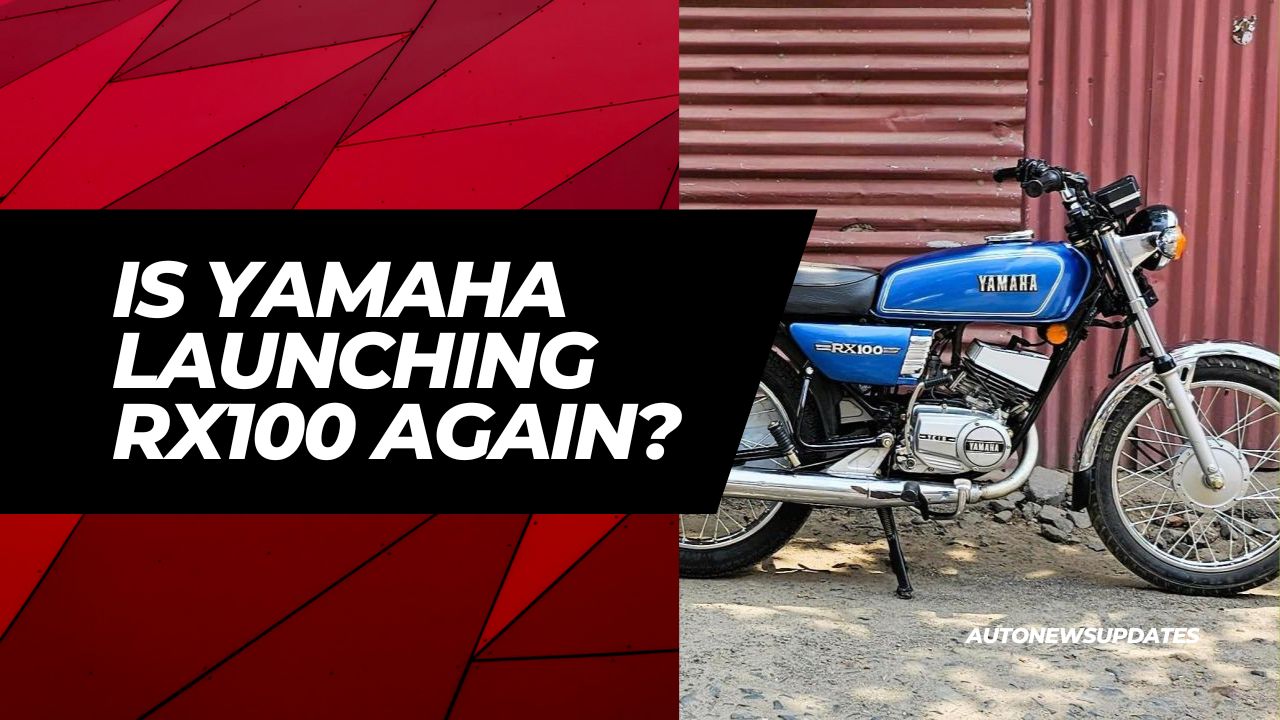Yes, Yamaha announced its plans of remaking the popular RX100. Fans of the original should expect important changes, because the new version will be a completely modern take of the iconic bike.
The original Yamaha RX100, which launched in 1985, immediately became a cultural symbol in India. It won over a generation with its zippy performance and unique two-stroke engine sound. However, tougher pollution standards resulted in its end in 1996.
Now, more than 30 years later, Yamaha is planning to relaunch the RX100 moniker, but with major changes to fit modern regulations and market expectations.
The most major change comes under the hood. The original RX100 had a 98cc two-stroke engine that was known for its fast speed and unique exhaust noise. But two-stroke engines are being phased out because of the higher pollution.
The new RX100 is expected to come with an upgraded 225.9cc four-stroke engine. Simply said, this implies a larger, more powerful motor that runs cleaner. While it will not have the same unique sound as the original, it is expected to provide better performance, delivering roughly 20.1 horsepower and 19.93 Newton-meters of torque. These numbers show the engine’s power output and acceleration capabilities, respectively.
But Yamaha wants to maintain some historical features, the new RX100 will not be an exact duplicate of the previous model. Expect a mix of modern and retro style, with classic features such as a circular headlight and a curved fuel tank. However, the entire design will be changed to cater to modern choices while fitting the larger engine.
The original RX100 was noted for its affordability, but the new iteration is expected to compete in a more premium part of the market. Industry experts predict a price range of ₹1.25 lakh to ₹1.50 lakh (about $1,500-1,800 USD). This separates it from its less expensive version.
Excited fans has to be wait. Yamaha’s chairman has said that the new RX100 will most likely not be available before 2026. In the next years, the business plans to put first other models in its pipeline.
Bringing back such an iconic vehicle presents unique difficulties for Yamaha. The corporation has to maintain a balance between nostalgia and modern needs, that could disappoint fans while attracting a new generation of riders.
The move to a four-stroke engine shows the vehicle industry’s constantly adaptability to higher pollution standards. These limitations are intended to reduce air pollution and promote environmentally friendly efficient vehicles.
The relaunch of the RX100 moniker may shake up the Indian motorcycle market, especially in the 200-250cc bracket. Competitors will be looking closely to see how customers react to this mix of nostalgia and current innovation.
While the new Yamaha RX100 will not be an exact duplicate of the revered original, its return shows a curious trend in the motorcycle sector. the relaunch of old nameplates with modern technologies. As we await more information and a final launch, one thing is sure that the RX100 legend is not yet done. It’s truly starting a new chapter, with a new era of riders and limits.

